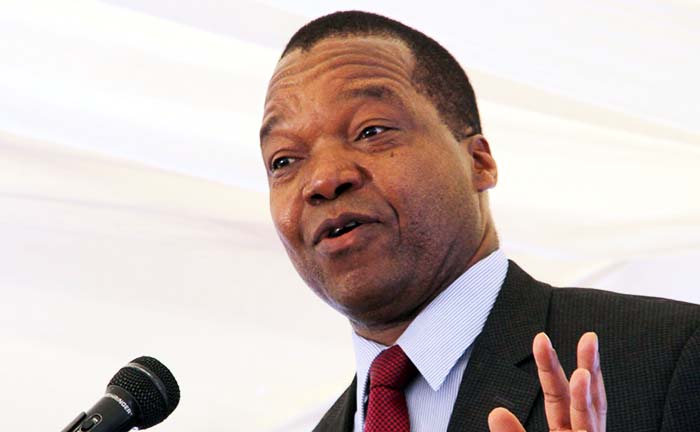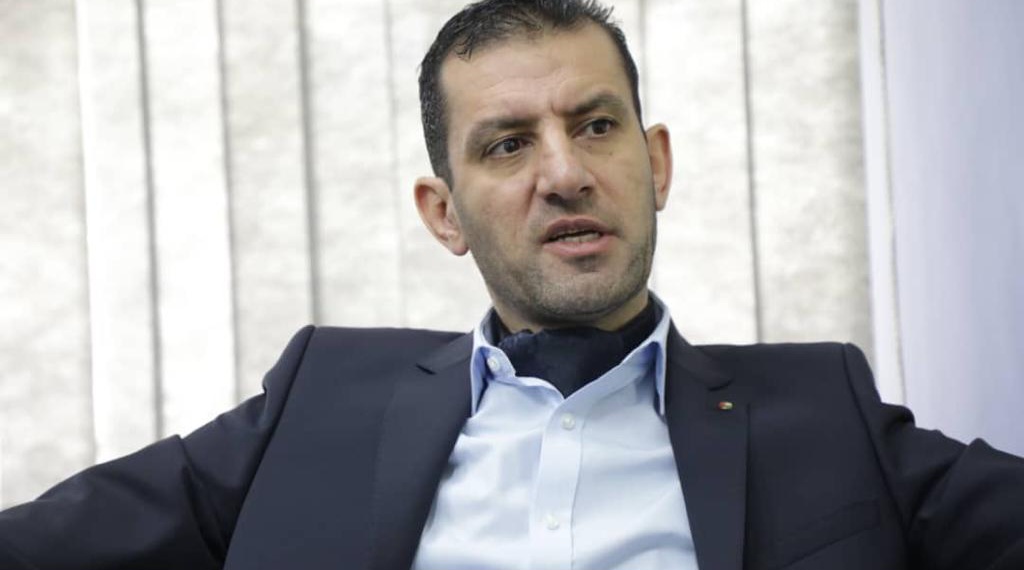$300m more bond notes to hit market

Happiness Zengeni and Taurai Mangudhla—
THE Reserve Bank of Zimbabwe (RBZ) has secured close to $1 billion in facilities to ease foreign currency shortages, while it has selectively increased export incentives as part of efforts to stimulate production. RBZ governor Dr John Mangudya yesterday emphasised in his Mid-Term Monetary Policy Statement that focusing on foreign exchange generation and the production of goods and services was essential. He described foreign exchange as a critical factor of production, especially under the multi-currency regime and Western estrangement, as evidenced by Zimbabwe’s limited access to foreign finance.
Read more:
- Bond note critics eat humble pie
- Bond notes hearing slated for February 1
- Stiff penalties for bond notes rejection
- We’ll not ‘foolishly’ print bond notes: Chinamasa
- RBZ introduces $5 bond note
- Bond notes: Mujuru hits brick wall again
- Cash situation has improved: RBZ
- Bond notes now at $102m
To deal with the challenges, Dr Mangudya extended the bond notes facility by another $300 million through a standby liquidity facility (The Stand-by Liquidity Support) from Afreximbank.
This will bring the total bond notes in issue to $500 million.
The previous $200 million facility which kick-started the export incentive is almost exhausted after a total of $175 million (as at June 30, 2017) had been paid out under the export incentive scheme in the form of bond notes against a payable amount of $187,7 million.
“We need to change the cash shortages narrative to foreign exchange shortages,” said Dr Mangudya.
“We do not have a cash shortage, but rather we do not generate enough foreign exchange.
“This change of narrative is essential in order for the nation to focus on foreign exchange as the critical missing resource or factor of production which needs policy interventions to re-balance the economy.”
Highlights . . .
- Export incentive scheme increased by $300m.
- Cash in circulation at $1bn.
- Nostro stabilisation facility enhanced to $600m.
- 85 percent of foreign exchange coming from tobacco, gold, platinum, chrome and diamonds
- Foreign currency earnings at 2,96bn in first six months
- Annual broad money supply at $6,2bn.
- Treasury Bills stock and bonds at $2,5bn.
- RBZ to establish Zimbabwe Portfolio Investment to facilitate efficient repatriation of portfolio related funds to ZSE investors.
- Export-Import Bank Trade Backed Securities facility renewed.
- Foreign currency cash on person per exit from Zimbabwe reviewed to $2 000.
- A savings bond developed to encourage savings.
- The Industrial Development Corporation to become a DFI.
- 350 firms benefiting under the Government’s import restriction.
- NPLs down from 20,45 percent in 2014 to 7,98 percent as at 30 June 2017.
According to the central bank, the stock of money in circulation in Zimbabwe is made up of bond coins ($25 million), bond notes ($175 million) and multi-currencies dominated by the US dollar at approximately $800 million, to give a total of around $1 billion.
“This quantity of money in the economy is quite sufficient to support the usable bank balances, as measured by the RTGS balances, currently sitting at around $1,6 billion within the banking system,” Dr Mangudya said.
He said the bulk of the cash was not making it back to the banking sector, but was in the informal sector and the parallel market.
“We need to be disciplined in the utilisation of foreign currency,” said Dr Mangudya. “Money has to circulate and in that way we can unlock value from this economy. Zimbabwe is Africa’s best kept secret, but value can only be unlocked if we are disciplined.
“It is against this philosophy and building on the success of the 2,5 – 5 percent export incentive/subsidy scheme in securing and increasing the export of goods (by 14 percent) and services and diaspora remittance since May 2016, that the bank found it imperative to extend and enhance the export incentive scheme by $300 million under a standby liquidity support from Afreximbank.”
Dr Mangudya reiterated that Zimbabwe would not slip into high inflation again, as the central bank would release the bond notes into the market on a drip-feed basis from September 1.
In addition to the Standby Liquidity Support facility, Afreximbank had also availed an enhanced nostro stabilisation facility of $600 million from Afreximbank to manage the cyclical nature of Zimbabwe’s foreign exchange receipts.
This facility would be available for drawdown after the closure of the tobacco selling season by the end of this month.
“This nostro stabilisation facility shall ensure that the revival of firms is strengthened and that critical imports of fuel and electricity are assured,” said Dr Mangudya.
He increased the Diaspora Remittances Incentive (DRIS) for remittances received through banking or wallet accounts to 10 percent from 3 percent, with effect from this month to enhance financial inclusion for remittances recipients.
Dr Mangudya said DRIS attracted international remittances to flow through formal channels, but informal remittances were still high.
“The remittances market also has a high appetite for cash as the majority of recipients are not banked,” he said. “The incentive for Money Transfer Agencies and remittances received as cash shall remain at 2 percent and 3 percent, respectively.”
In order to ensure that the nostro stabilisation facility is supported by a continuous stream of export receipts, and by so doing improve the efficient utilisation of foreign exchange and bring equity in the foreign exchange market, foreign exchange receipts from platinum and chrome would be treated in the same manner as gold, diamonds, tobacco and cotton.
The central bank noted that total foreign currency receipts for the country amounted to $2,96 billion during the period January to June 2017.
Of that amount, $2,1 billion was utilised for various foreign payments through banks.
The balance of $887 million (30 percent) was received and administered by the Reserve Bank through the Foreign Exchange Management System.
Dr Mangudya reviewed the carrying of foreign currency cash on person per exit from Zimbabwe to an equivalent of $2 000 per individual per exit.
Amounts in excess of this figure require prior authorisation from Exchange Control through normal banking channels.
The central bank will also establish a Zimbabwe Portfolio Investment Fund to facilitate the efficient repatriation of portfolio related funds to foreign investors invested specifically on the Zimbabwe Stock Exchange (ZSE).
This comes as banks have a $75 million backlog on the repatriation of dividends and investment proceeds.
Dr Mangudya said a dedicated Portfolio Investment Fund would be opened at two designated commercial banks for the receipt of all portfolio investment proceeds into Zimbabwe and the repatriation of foreign investors’ proceeds from the ZSE.
The central bank shall place an initial seed capital of $5 million in this Fund to kick-start the repatriation mechanism and improve investor confidence.
Other measures introduced by Dr Mangudya included the extension of the African Export-Import Bank Trade Backed Securities (Aftrades) to $400 million for a further two years, the development of a Savings Bond for individuals, churches and other institutions, which offers simplicity and seven percent returns with minimum investment from as little as $100 with no commission, agency or service fees.
The Industrial Development Corporation of Zimbabwe would be transformed into a development financial institution to operate under the RBZ








Comments